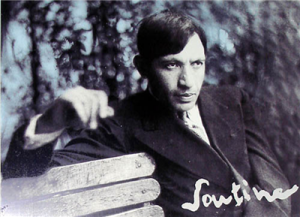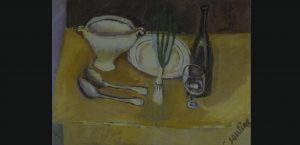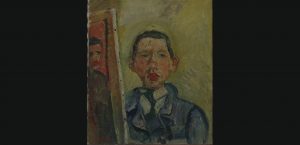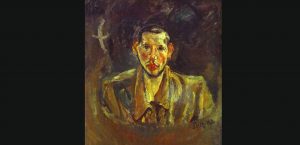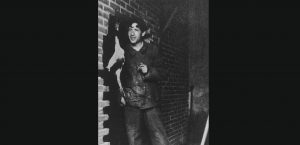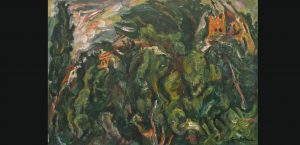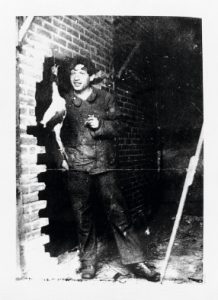The artist was born in the village of Smilovichi, Minsk province of the Russian Empire, on January 13 into the poor family of a Jewish tailor. He was the last but one of eleven children. He showed his love for drawing extremely early. However, this was not encouraged in his Orthodox family and in the community because of the Talmudic prohibitions on painting. According to testimonies, he was beaten as a punishment when he showed the portrait to the rabbi.
1893 - 1943
Chaim Soutine
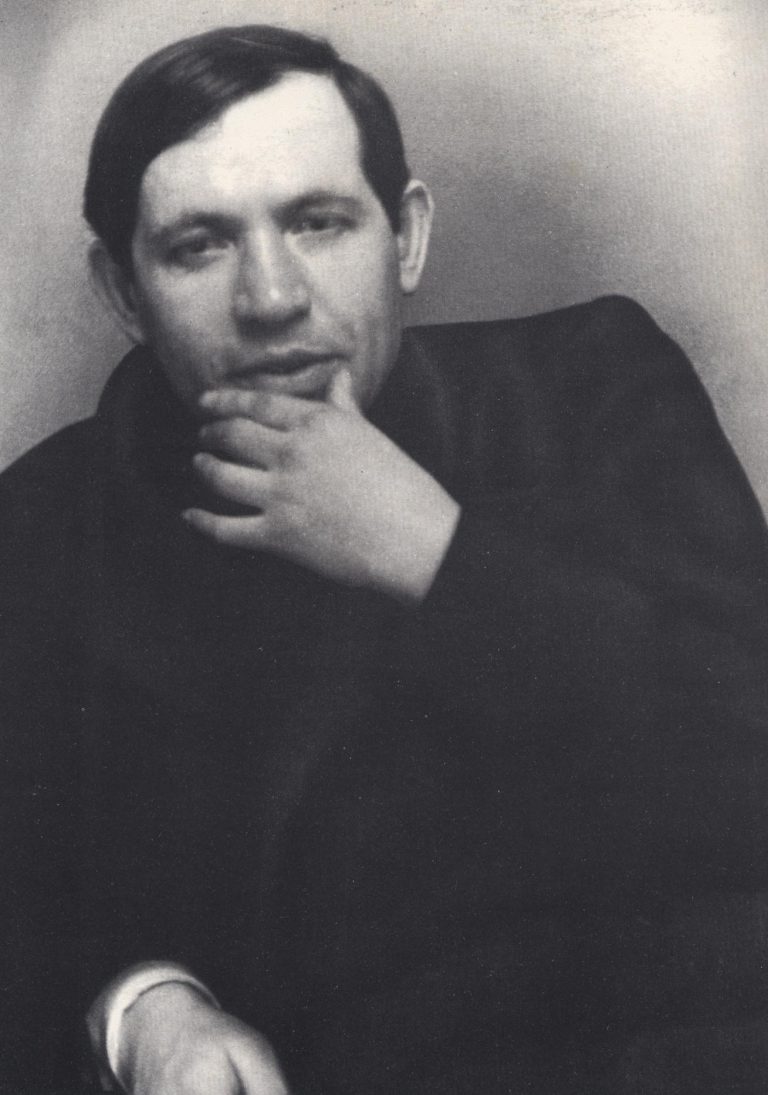
description
A French artist of Jewish origin, born in Belarus. A bright representative of the “Paris School” and Expressionism not typical for it.
The tragic fate of the artist who had always been persecuted because of his nationality impacted his art – its peculiarity is gloomy moods. The paintings of the artist were actively bought by the galleries and museums of the USA and Israel; in his motherland, the first painting by Soutine appeared only in 2012. «The great meadows in Chartres» were purchased at the Christie’s Auction by Belgazprombank; next year, the same organisation purchased the painting of Soutine «Eve» at the Sotheby’s auction.
Key ideas:
– Chaim Soutine, being an Expressionist that preferred abstraction trends, maintained a strong connection with recognizable objects. His innovation was in the way he conveyed his vision: pasty, even with a thick layer of paint and gloss.
– The nature and frequent depressions of the artist seem to be documented – he interpreted the usual themes through the eyes of an outsider, reinforcing the unique perspective with deliberate distortions. As a prehistoric wild author, he expressed his inner doubts and torment in painting. Being a young man, Soutine succeeded in drawing and painting; however, teachers noted the young artist’s inclination towards tragedy, towards visual dark objects and backgrounds.
– Many of his paintings contain clear references to the historical works of Rembrandt, Simeon and Chardin, in which the dramatic use of light is noted. However, Soutine rethought each topic, endowing it with tension arising from his own complex emotions, not present in the works of the old masters.
– Bright “food” still lifes demonstrate the complex attitude of the author familiar with Jewish rituals to the food and cause associations with an acute shortage of food in his youth and early career. This gives the subject a deeper and more personal meaning. Early examples of his interest in the carcasses of dead and skinned animals began to be repeated after a decade,; this makes it reasonable to assume that the artist had an obsessive interest in death.
– During his stay in Ceret in the Pyrénées (France) and in Kanye in the early 1920s, Soutine created rather sharp expressionistic landscapes, as well as scenes from the life of the French peasantry. The canvas was filled with a certain vibration, with a multitude of curved lines that gave his works an alarming beauty. During his career, the artist painted pictures, in which his gaze was on top, and the image kind of slid down and shifted through the canvas. Using typical Post-impressionist themes, he filled his paintings with his gloomy approach to the subjects, which reflected his overwhelming sadness and sorrow. It came out regardless of his ideas and views.
1893
1907 - 1909
1913
1918
1922
1925 - 1929
1930
1940 - 1943
The birth of the artist
In Minsk, he attended the drawing school of Ya. M. Kruger
Intending to do his favourite art, not approved by his parents, he ran away from his house. In Minsk, he attended the drawing school of Ya. M. Kruger, where he met and became friends with Mikhail Kokin. Two years later, friends left for Vilna, where they attended the School of Fine Arts and made plans for a trip to the capital of France.
Arrived in Paris
Arrived in Paris, enrolled in classes at the studio of Cormon at the Academy of Fine Arts, but quickly lost interest in academic institutions and became interested in visiting the Louvre, where he passed through a real “university of painting.” Lived in the “Hive” – an international hostel for poor artists, where Marc Chagall, Fernand Léger, Robert Delaunay, Constantin Brâncuşi, Ossip Zadkine, Alexander Archipenko and his friend Amedeo Modigliani once worked with him.
Lived in Vence
Moved to the south of the country for seven years; lived in Vence, Cagnes-sur-Mer, Ceret. nspired by the beauty of the southern places, he worked at an intense pace: in the first three years he created about 200 canvases.
Presented paintings in Paris
Presented paintings in Paris, about fifty works were purchased by Albert Barnes, an American art dealer and collector. His common with Modigliani friend Leopold Zborowski, an art dealer, also acquired many paintings by the artist the following year. Thus, Soutine said goodbye to poverty decades later (However, he immediately spent all his earnings).
Returned to Paris
Returned to Paris, moved into a spacious studio and became interested in depicting still lifes with bull carcasses, killed birds, fish and other food. After 2 years, he organized his first solo exhibition. He got acquainted with the spouses Kasten, who took custody of the artist after L. Zborowski; the first monograph on the artist’s work written by art historian Eli Fort was published.
The works were actively exhibited in France, in the USA
The works were actively exhibited in France, in the USA (personal and collective exhibitions as part of a collective exhibition in Chicago). Significant was the exhibition of 12 paintings in the State Museum of Petit Palais (Paris, 1937) in the framework of the exhibition “Masters of Independent Art of 1895-1937.” He met German of Jewish origin Gerda Groth. Three years later, she was forcefully taken to a camp for German citizens. The artist experienced this event very sharply.
The death of the artist
Forced to leave Paris because of the danger of getting into the Gestapo, the artist lived in several places on fake passports. His relatives died in the Smilovichi ghetto. His grief was relieved thanks to his affair with Marie-Berthe Aurenche, the former wife of Max Ernst. However, wanderings aggravated Soutine’s ulcer. On August 9, 1943, Soutine died in Paris, where he was operated. Buried in the cemetery of Montparnasse.
Chaim Soutine
On Artist
flow
Academism
Post-impressionism
friends
Amedeo Modigliani
Mark Shagal
Fernand Leger
Robert Delone
Alexander Archipenko
Constantin Brancusi
Osip Zadkine
Henri Laurent
Jacques Lipschitz
artists
Paul Cezanne
Henri Matisse
Jacob Kruger
Fernan Cormon
Francisco goyya
El Greco
Tintoretto
Jean Fouquet
Camille Koro
Jean Sharden
Gustave Courbet
Rembrandt
By Artist
flow
Abstract expressionism
Neo-expressionism
friends
Amedeo Modigliani
Michel Kikoin
Pinchus Kremegne
artists
Francis Bacon
Mark Shagal
Jean Dubuffet
Jackson Pollock
Willem de Kuning


